Good news for bones!
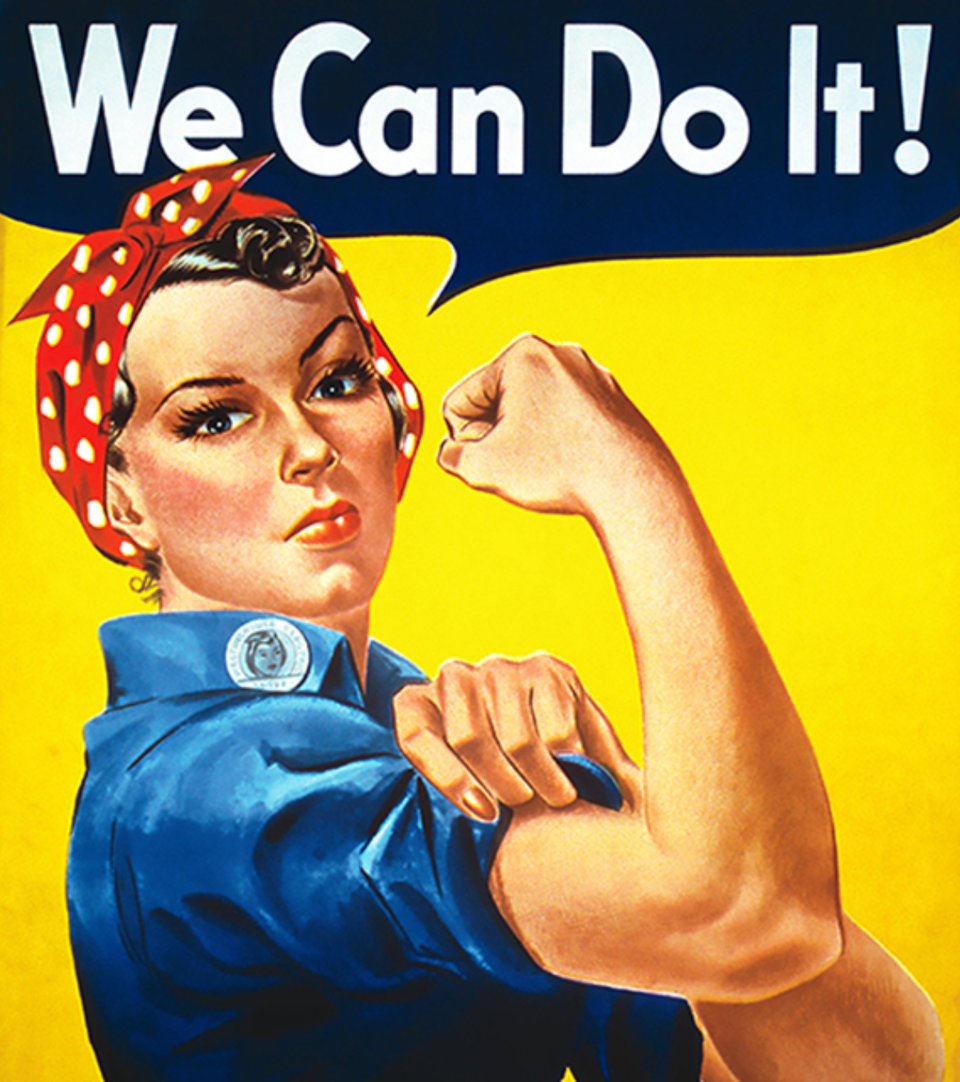
The results of the Lifting Intervention for Training Muscle and Osteoporosis Rehabilitation (LIFTMOR) randomized controlled trial, conducted at Griffith University in Queensland, Australia and published in 2018, demonstrated that it is possible to reverse the course of osteoporosis through exercise (Watson et al., 2018). This was achieved by using high-intensity progressive resistance and impact weight-bearing training (HiRIT) in an intervention group that had supervision from an instructor who was both an exercise scientist and physiotherapist.
Salient features of the LIFTMOR trial
Participants:
101 women met inclusion criteria and were randomized into the intervention (HiRIT) or control (CON) group
o 44 of the women were osteoporotic and 57 were osteopenic
o 27 participants reported an osteoporotic fracture within the last 10 years, 41% of which were due to falls
o Both groups had a similar distribution of participants on osteoporosis medication
Data collected prior to trial commencement included:
· Height and body mass
· Lifestyle characteristics including calcium intake and physical activity
· DXA scans were used to measure bone mineral density (BMD) in the femoral neck and lumbar spine
· Physical performance was evaluated using a variety of tasks and physical trials such as the “timed-up-and-go test” (TUGT), vertical jumps onto force plates, and using dynamometers to measure muscle strength
The Intervention:
· Participants met twice a week for eight months, thirty minutes each time
· Groups were supervised by professionals & there was a maximum of 8 people in each group
· Participants started with body weight and low-weight loads to safely build strength and balance
· Resistance exercises included deadlift, overhead press, and back squat (squatting and straightening with a weight bar on shoulders behind head)
· For impact loading women jumped into chin-ups and then did drop landings
The Control:
· Participants in the control group did an 8-month, twice-weekly, 30-minute home-based, low-intensity exercise program designed to improve balance and mobility but provide little stimulus to bone
· The intensity of resistance exercises moved from body weight to a maximum of 3kg in the final month of the program
Results:
· The HiRIT group showed an increase in height compared to the controls. Though some gained more height than others, no one in the HiRIT group lost height.
· HiRIT was superior to CON for maintaining and improving lumbar spine and femoral neck bone mineral density.
· The HiRIT group, while showing modest results in femoral neck BMD, demonstrated superior results for femoral neck cortical thickness. Femoral cortical bone refers to the dense outer layer of bone that covers the femur, including the femoral neck. Watson et al. (2018) state that “cortical thickness is strongly associated with femoral neck failure loads” (p.217). The assumption is that stronger cortical thickness is likely to prevent fracture in the case of falls or other accidents.
· During the trial 5 participants in the HiRIT group and 2 in the control group experienced falls outside of the trial exercise sessions. None of the seven experienced fracture.
· HiRIT was better at reducing stiffness than the low-intensity exercise of the control group.
· The HiRIT group also showed greater gains over the controls in every measure of physical performance.
· There were no significant differences between the groups in weight changes or calcium intake.
· There were no significant between-group differences observed between those who were taking or not taking osteoporosis meds.
· Although the trial was not able to examine falls, improvements were made in those attributes that reduce the risk of falls, i.e., muscle strength and functional and neuromuscular performance.
· Poor back extensor strength, a variable that has been associated with kyphosis (excessive thoracic spine curvature) and vertebral fracture, was improved with HiRIT exercise.
o Another study done by Katzman et al. (2007) showed that high-intensity resistance exercises, in tandem with exercises targeting extension of the back and hip, abdominal stabilization, and postural alignment training could improve back extensor strength by 21% and reduce kyphosis by 5° to 6°.
The LIFTMOR study clearly revealed the tremendous benefits of strength training and impact loading for bone strength, posture, balance, and reduced fracture risk.
If you would like to see a brief news segment about this study, which includes some inspiring video of the women in the HiRIT group lifting, check out this link:
One of the reasons we have so few of these types of studies is because people have shied away from challenging women with low bone mass to meet the demands of rigorous, muscle-building exercise in the fear that it might harm more than it helps. An extremely important result from this study was that it proved that, under educated supervision, high-intensity resistance training exercise is safe and extremely beneficial for the majority of women with low or very low bone mass, even women who have previously sustained fragility fractures. (Caveat: Demographic information for participants in the LIFTMOR study was not compiled. In the news report, all the women pictured were White.)
I started this post with the LIFTMOR study because I find it impressive and inspiring. In quite a few of the books I’ve read doctors are recommending that women who have been diagnosed with low bone mass or who are sedentary and out of shape try to fit in moderate walking and work up to brisk walking and/or aerobic exercise. However, Brooke-Wavell et al. (2022) noted that “There is some evidence that brisk walking increased fracture risk in a population already at risk of falls and fracture, who may therefore require strength and balance exercise to improve stability before embarking on brisk walking or fatiguing exercise” (p.840).
The Guardian, in an informative article on osteoporosis, quoted one forty-nine-year-old woman who had sustained rib injuries during a skiing trip with her family. She received a bone density scan after the injury and was diagnosed with osteoporosis and told she had the bone mass density of an eighty- or ninety-year-old woman. In addition to bisphosphonates, “she also looked into lifestyle changes, and was exasperated to receive a hospital letter suggesting she walk for 30 minutes three times a week. ‘I knew that wasn’t anywhere near enough for bone density – I was already walking 10,000 steps a day and exercising when I got the diagnosis,’ she said” (Muir, Oct 2024).
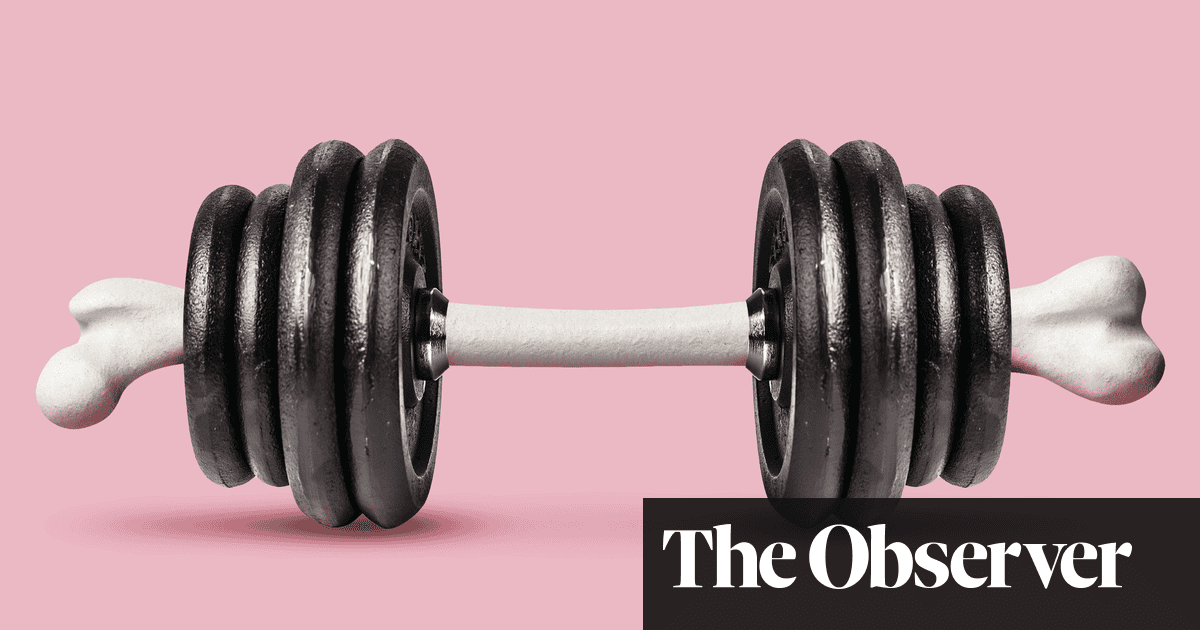
What science, and unfortunate experience, is telling us is that we—all women who are pre-menopausal, peri-menopausal, and post-menopausal—need to be challenging ourselves powerfully with the exercise we’re doing. It’s important to respect your starting point and work with guidance to keep your joints and muscles safe, but it’s also clearly important to commit to working with progressively heavier loads over time, integrate impact exercises, and move from zone 2 fitness regimens such as dance classes, jogging, or cycling, into high-intensity and sprint interval training (HIIT and SIT) to enhance metabolic fitness and muscle mass as we age.
If you feel less than thrilled with this conclusion, I am with you. As I mentioned in the exercise posts, it has been difficult for me to embrace this shift in my own exercise habits. I have not said good-bye forever to dance classes, but I am prioritizing the integration of strength, impact, and interval training until they are established habits for me.
How does it work?
I promise I’ll move on to some other lifestyle factors in a moment, but I want to give a shout out to the “nutritious movement” concept pioneered by biomechanist Katy Bowman.
“Mechanotransduction [is] the process by which cells sense and then translate mechanical signals (compression, tension, fluid shear) created by their physical environment into biochemical signals, allowing cells to adjust their structure and function accordingly” (Bowman, p.10).
In other words, when we move, push, pull, or pound against things, or get moved, pushed, or pulled, the cells within the body are stretched, compressed, and impacted in ways that trigger them to send out biochemical signals that change their own structures and functions, and by extension, the way our entire body is structured and how it functions.
So, whether or not we move, and how we move, profoundly affects our health and well-being on a cellular level that impacts every other aspect of the body. Bowman, author of Move Your DNA: Restore Your Health Through Natural Movement, points out that we experience “load” 100% of the time; it’s called gravity.
How we carry ourselves under the impact of gravity, and how we carry any additional load on top of our own bodyweight, has a profound impact on our structure—the musculoskeletal and fascial (connective tissue) system—as well as the functioning of that structure.
See her page on “the great load lesson” here:
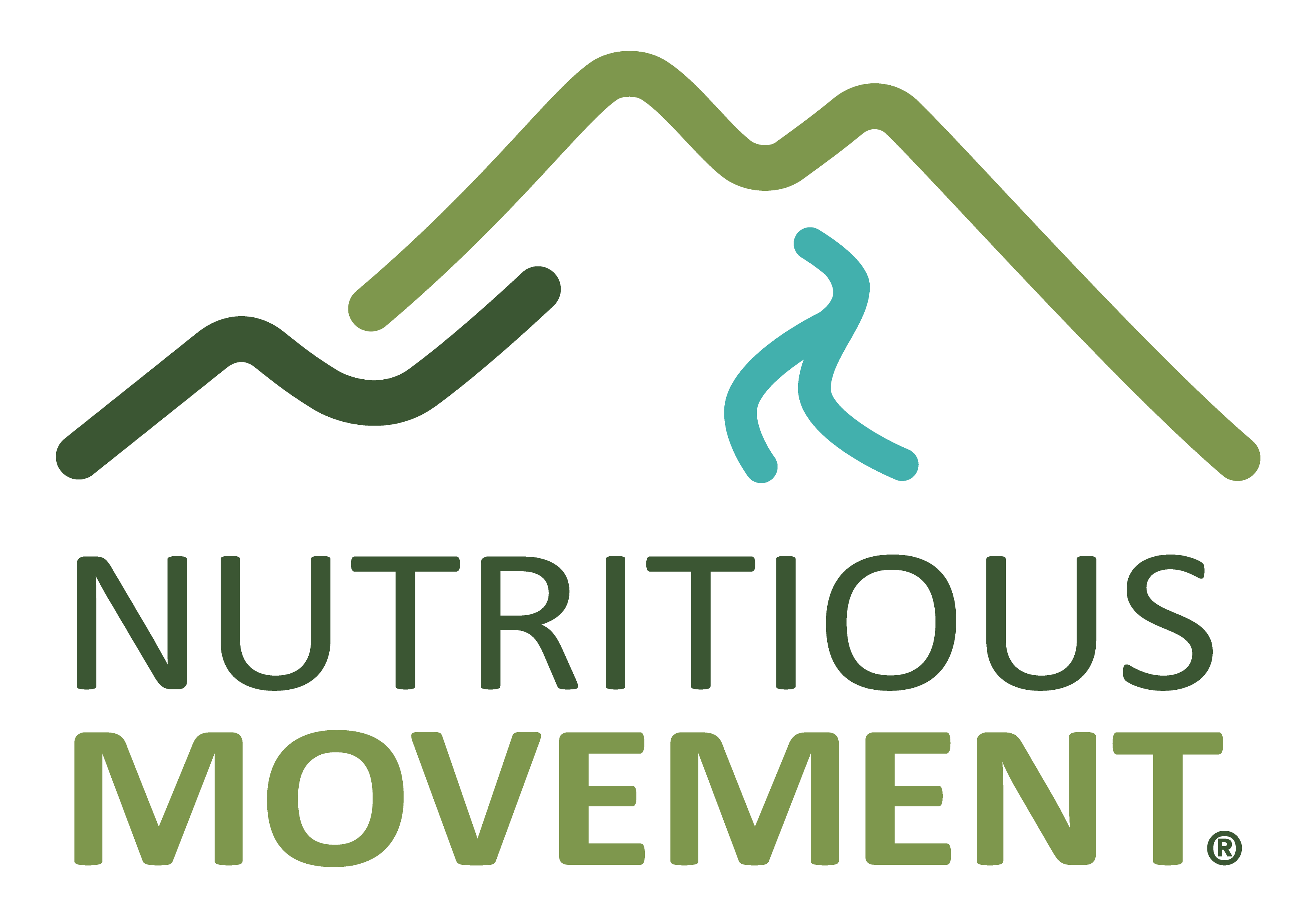
CAUTIONS to moving with osteoporosis
If a person has already been diagnosed with osteoporosis or even osteopenia there are several movements to be particularly cautious about.
· **LOADED FLEXION** The most important movement to avoid is forward bending, in particular forward bending that involves reaching forward and lifting a weight, for example, stooping to pull a casserole out of the oven. If one is able to bend the knees and hinge at the hips, has the core strength and awareness to engage the abdominals to protect the lower back, and the upper back and arm strength to lift the casserole primarily with the upper body, this movement might be okay.
But it’s likely to take some guidance and training to learn how one is actually using one’s body and to develop the strength and awareness to move wisely when vulnerable.
· Other movements to avoid involve any deep backbends or twisting movements. It’s okay to do gentle twists but using the arms or hands to pull the body more deeply into twisting, backbending, or forward bending motions is a bad idea.
· Abdominal crunches, which typically involve fast flexion movements are also not a good idea. Even if they’re done slowly, they could be harmful to someone with osteoporosis. Core exercises that involve abdominal stabilization and back extension that works the back muscles without taking the spine into deep extension are great. As we saw in the LIFTMOR trial, these types of exercises help to improve posture and balance and prevent height loss.
I’ll leave the exercise part of this post here except to offer a couple more sites that might be of interest:


Lifestyle factors promoting bone health
Calcium, vitamin D, and protein.
o How much of each of these a person needs to supplement depends on how much they are already getting in their diet and how they tend to metabolize them, especially Vitamin D.
o Currently, the US Preventive Services Task Force “recommends against supplementation with vitamin D with or without calcium for the primary prevention of fractures…or the prevention of falls in…postmenopausal women and men 60 years or older” (USPSTF, p.E6). What this means is that there is not enough scientific evidence at this point that Vitamin D actually prevents fractures.
o Likewise, calcium is not directly linked to reductions in fracture risk. As Dr. Jen Gunter points out, “The United States has one of the highest rates of milk consumption in the world and one of the highest rates of hip fracture” (Gunter, p.142).
o However, what is known is that calcium is essential to build bone and “insufficient calcium can lead to lower bone mass” (Gunter, p.142). Also, vitamin D “in addition to helping the body absorb calcium..helps with the flow of calcium in and out of the bone…and [promotes] muscle health and the healthy functioning of the immune and nervous systems” (Gunter, p.143).
o Getting enough calcium through diet alone can be challenging for those who do not eat dairy. Taking in adequate amounts of vitamin D from dietary sources is difficult with any diet, and most of us do not spend enough time in the sun without sunscreen to get enough Vitamin D from that source. Also, those with darker skin may not be able to get enough Vitamin D from the sun.
o Vegan and vegetarian diets can make it challenging to get enough protein on a daily basis. However, most women, regardless of the kind of diet they embrace, are regularly not getting enough protein, especially if they are exercising and attempting to build muscle mass. Research is increasingly showing that protein—and lots of it—is essential for women as they age.
I have included below a link to an International Osteoporosis Foundation (IOF) pamphlet on these three nutrients and suggestions for integrating them into one’s diet.
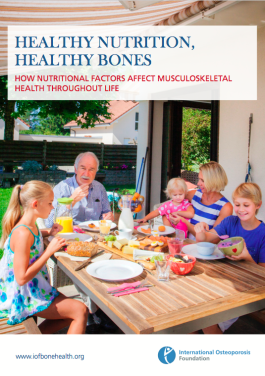
Other options for preventing/addressing osteoporosis:
· HRT
o Hormone replacement therapy can be extremely helpful in preventing bone loss since estrogen and progesterone play significant roles in the building and maintenance of bone and testosterone helps to build and maintain muscle mass. Yet many doctors are uneducated in the most recent research on hormone therapy and tend not to offer it despite its profound benefits and low side effects for a majority of women. (See The Guardian article above.)
· Smoking cessation
· Reduction in or avoiding alcohol and caffeine
· Avoid bone harming drugs if possible (These include glucocorticoids, antiepileptic medications, certain cancer meds, proton pump inhibitors, or SSRIs (anti-depressants)).
· Maintain a healthy weight (This means a healthy mid-life weight that honors your genetics, reduces visceral fat, and adds muscle mass.)
· Remain active with weight-bearing exercise (as noted ad nauseum above)
· Improve sleep quality
o I know this one is easier said than done. I have not yet cracked the sleep code for myself, so I have nothing to say but “goddammit.” Most of us probably know that sleep plays a critical role in metabolic and endocrine functions and has been linked to obesity, metabolic disorders, cardiovascular disease, and mortality in general. I’m betting a majority of us also struggle with sleep on a regular basis and knowing these things does not help us nod off.
o Another nugget of scientific stress comes from Ochs-Balcom et al. (2020) who found that “women who reported sleeping 5 hours or less per night had on average…significantly lower BMD [and higher odds of osteoporosis of the spine and hip]…compared with women who reported sleeping 7 hours per night” (Abstract).
o Of course, things like caffeine and alcohol intake, daily exercise, prescription or recreational drug use, current weight, use of tech devices, and our current level of stress and how we manage it all affect our sleep. These are the places to start unless there is likely to be a medical or mental health reason for your sleep difficulties, such as sleep apnea or post-traumatic stress. In those cases, professional help may be a godsend.
· Yoga
o There was a research study published in 2016 that claimed results showing that a 12-minute daily yoga regimen could reverse osteoporosis (Lu et al., 2016). This study has since been debunked. Of 741 subjects who started the intervention, the authors were never clear about how many completed the study, but it seemed to be no more than 57. Ultimately, only 18 subjects had their bone density or “quality” tested at the end of the study. There were no quality controls for how many participants did the intervention regimen or did it as prescribed, and all data was self-reported by subjects online. Importantly, details about the structure and process of the study are so vague, it is not able to be replicated. Replication is essential to a study’s validity so that other researchers can check results to see if they remain true across different populations and circumstances.
o The upshot is that there is no scientific evidence that yoga can build bone mass or reduce or reverse bone loss, although this doesn’t mean that evidence for this won’t surface in the future. What we do know now is that yoga can definitely:
§ build the strength and awareness needed for balance
§ hone proprioception, i.e., an awareness of where different parts of the body are in space and how they are moving through space
§ foster a sense of spatial awareness so that a person has more accurate perception about how the body is moving in relation to its environment
There is a lot we can do to maintain and increase our bone health. I think the most important takeaway from all of these posts is that we need to pay attention now.
A proactive approach to osteoporosis is the best approach.
No matter how old we are or where we are in the menopause transition, it will serve us to take the time in the next few weeks or months to be assessed, get a scan, and find out how our bones are doing. If you feel discouraged about not knowing what you didn’t know, worried it will all be too little too late, watch the video of the LIFTMOR ladies once again.
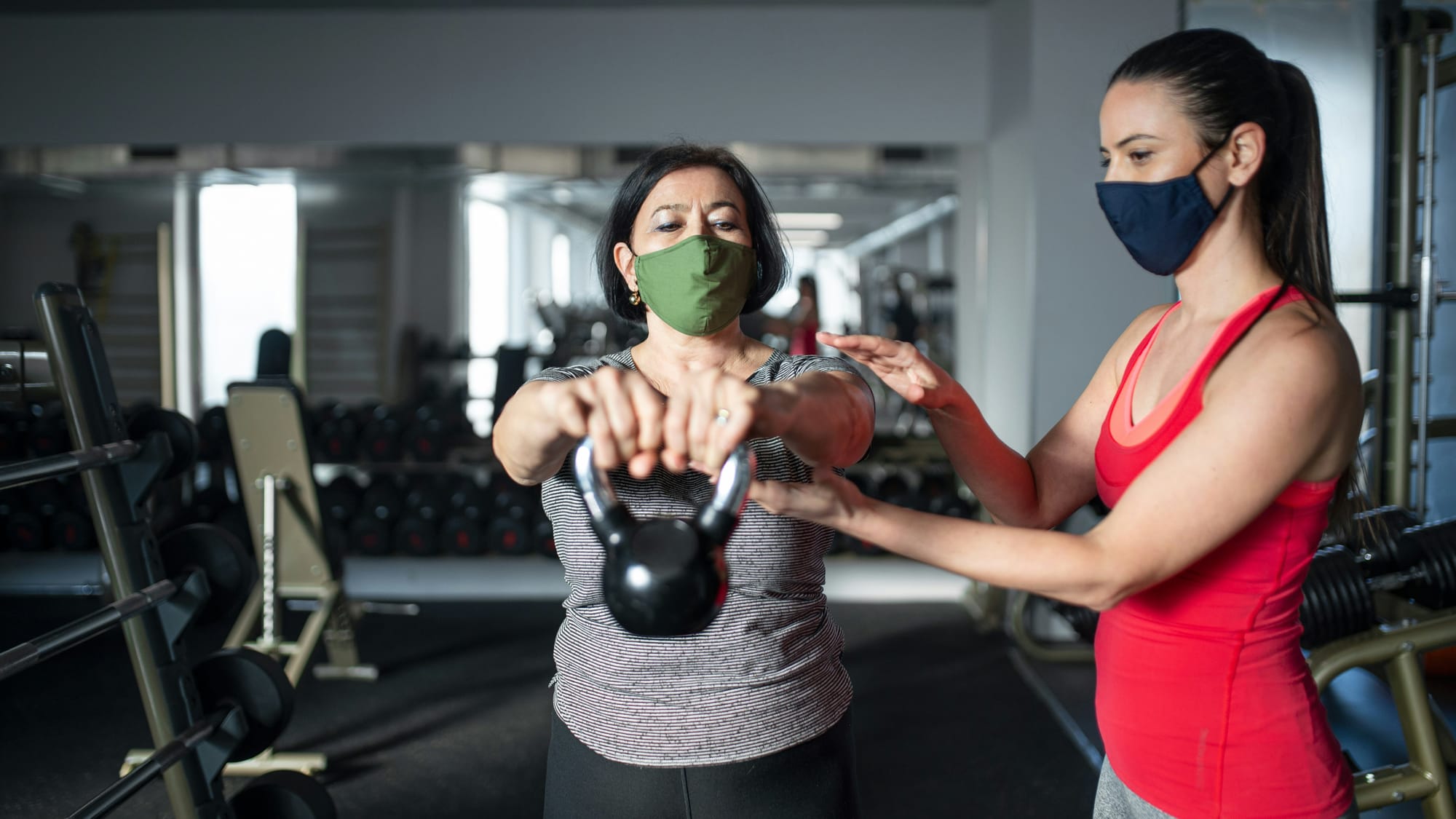
References
Bowman, Katy. (2017). Move Your DNA: Restore Your Health Through Natural Movement. Propriometrics Press.
Brooke-Wavell, K., Skelton, D. A., Barker, K. L., Clark, E. M., De Biase, S., Arnold, S., ... & Leyland, S. (2022). Strong, steady and straight: UK consensus statement on physical activity and exercise for osteoporosis. British journal of sports medicine, 56(15), 837-846.
Gunter, Jen. (2021). The Menopause Manifesto. Citadel Press.
Katzman, W. B., Sellmeyer, D. E., Stewart, A. L., Wanek, L., & Hamel, K. A. (2007). Changes in flexed posture, musculoskeletal impairments, and physical performance after group exercise in community-dwelling older women. Archives of physical medicine and rehabilitation, 88(2), 192-199.
Lu, Y.H., Rosner, B., Chang, G., Fishman, L.M. (2016, April). Twelve-Minute Daily Yoga Regimen Reverses Osteoporotic Bone Loss. Topics in Geriatric Rehabilitation, 32(2), 81-87. DOI: 10.1097/TGR.0000000000000085
Muir, K. (2024, October 27). Feel it in your bones: Taking the pain out of osteoporosis. The Guardian.
Ochs‐Balcom, H.M., Hovey, K.M., Andrews, C., Cauley, J.A., Hale, L., Li, W., Bea, J.W., Sarto, G.E., Stefanick, M.L., Stone, K.L., Watts, N.B., Zaslavsky, O., Wactawski‐Wende, J. (2020, February). Short Sleep Is Associated With Low Bone Mineral Density and Osteoporosis in the Women's Health Initiative. Journal of Bone and Mineral Research, 35(2), 261–268. https://doi.org/10.1002/jbmr.3879
US Preventive Services Task Force (USPSTF). Screening for Osteoporosis to Prevent Fractures: US Preventive Services Task Force Recommendation Statement. JAMA. 2025;333(6):498–508. doi:10.1001/jama.2024.27154
Watson, S. L., Weeks, B. K., Weis, L. J., Harding, A. T., Horan, S. A., & Beck, B. R. (2018). High‐intensity resistance and impact training improves bone mineral density and physical function in postmenopausal women with osteopenia and osteoporosis: the LIFTMOR randomized controlled trial. Journal of Bone and Mineral Research, 33(2), 211-220.
Images
https://www.aarp.org/politics-society/history/info-2018/rosie-riveter-dies-fd.html




